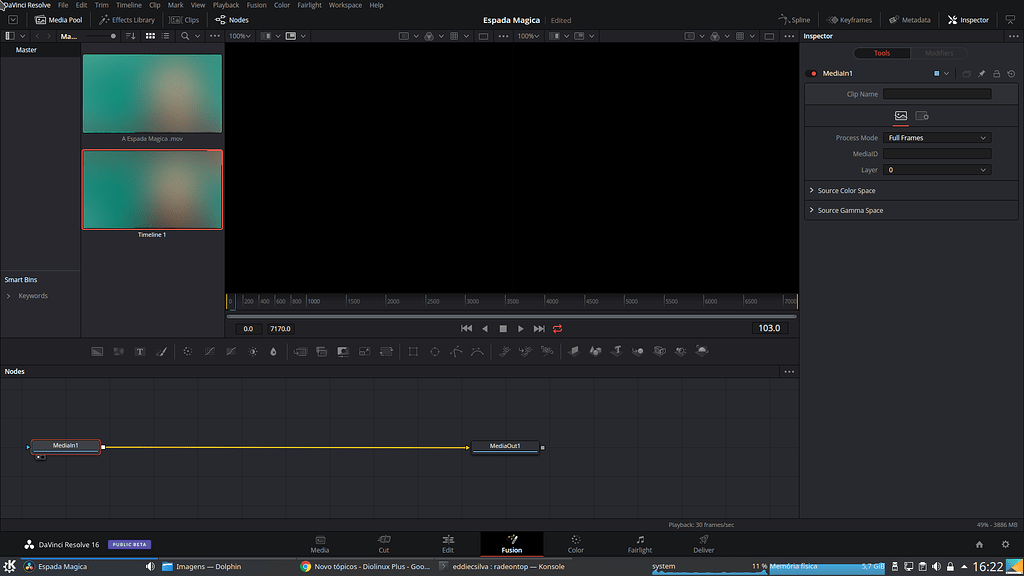
Fortunately, Blackmagic has been frequently pushing new versions to users in order to address those issues. Furthermore, editors complained about numerous stability issues that have caused crashes. The software-based on GPU and demanded solid processing power. The major issues Resolve was suffered were speed and stability. Since then, Blackmagic has been concentrating its efforts on making Resolve an all-in-one post-production platform, not just for colorists, but for sound designers, SFX artists, and editors as well. In my opinion, the main milestone was Resolve 14, which has revealed Blackmagic’s intention to take over the NLE (Non-Linear Editor) world, by implementing editing features and audio post-production suite Fairlight, which transformed Resolve into a powerful DAW (Digital Audio Workstation). Picture: Blackmagic Design Blackmagic joins the NLE battle with its Resolve 14 We can mark Resolve 14 as the point where Resolve has started its pursuit to conquer the NLE arena.

The company knew that it has a powerful platform on their hands, and has decided to implement more features, not just for grading, but for editing as well. However, Blackmagic didn’t want to stop there. This step impacted the whole industry as other leading NLEs expanded their grading capabilities to offer users more color manipulations and possibilities. The interest in the magical world of color grading was getting bigger. This strategy was proven to be brilliant. The decision to make Resolve free, gave Blackmagic an extraordinary marketing boost, as more users that were enthusiasts about color grading, can download the software for free. Picture: Blackmagic Design Resolve for the masses That turned out to be a brilliant strategic business decision made by CEO Grant Petty. The Studio, which is the most advanced version cost only $300, however, the free version was more than enough for consumers to download and try the software in challenging post environments. Luckily (and smartly) Blackmagic has decided to allow this professional platform to be used by consumers, by offering to download Resolve as a free version. At first, the platform was dedicated to professionals to be utilized inside a special color grading suite, and cost thousands of dollars. Resolve has been Hollywood’s weapon of choice for many years.


Picture: Blackmagic Design DaVinci Resolve: From color grading suite to leading NLEīlackmagic Design DaVinci Resolve (aka Resolve) was well known (and still is) the industry standard when cinematic color grading complex missions are needed. What made Blackmagic jumping straight to version 17 from version 16.3? Also, most importantly, what are the major features of Resolve 17? Read on. Blackmagic Design has announced today the new version of its flagship: DaVinci Resolve 17 which is “The biggest update in the history of DaVinci” according to CEO Grant Petty.


 0 kommentar(er)
0 kommentar(er)
